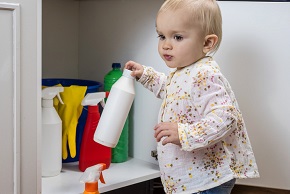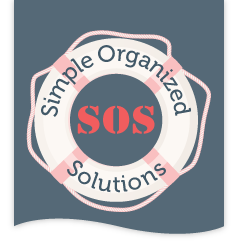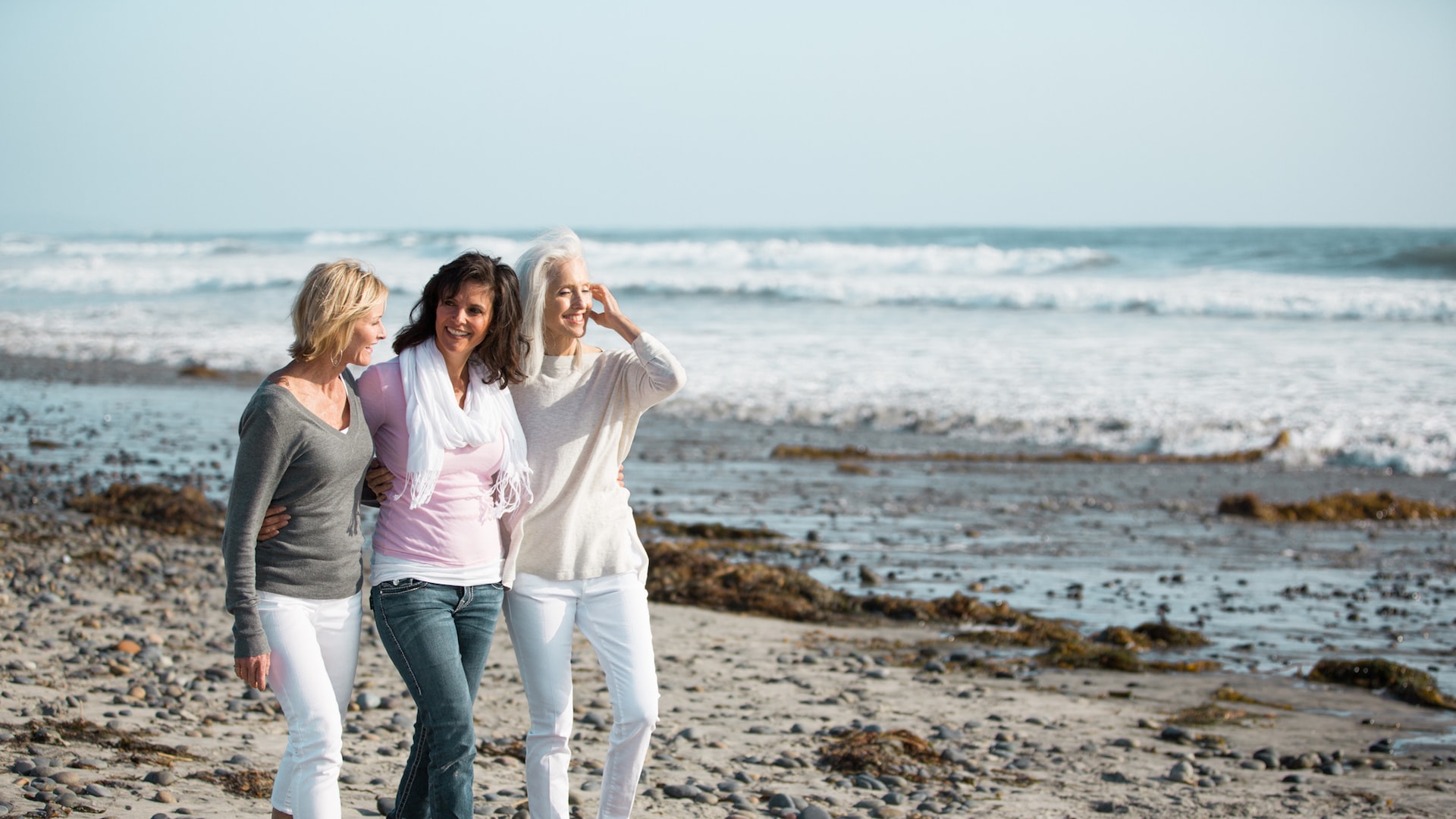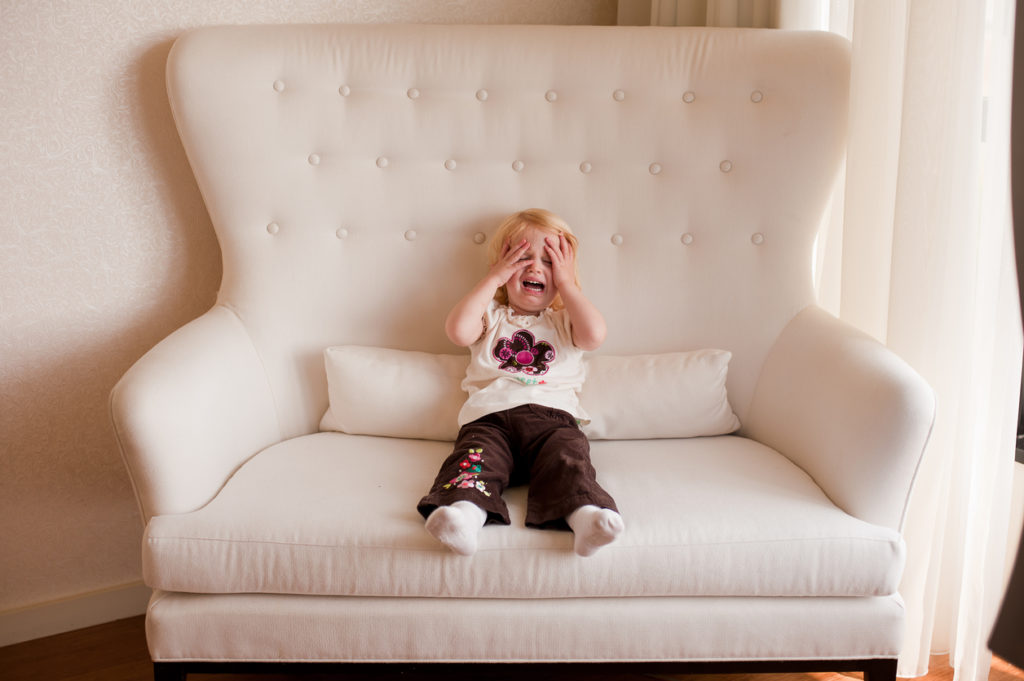 Helping people downsize and/or organize their homes always includes managing household hazardous waste. This is something that most people don’t think about often, or maybe not at all. These common products used to maintain our homes, yards, and vehicles can cause damage to humans, pets, wildlife and the environment if not stored or disposed of properly.
Helping people downsize and/or organize their homes always includes managing household hazardous waste. This is something that most people don’t think about often, or maybe not at all. These common products used to maintain our homes, yards, and vehicles can cause damage to humans, pets, wildlife and the environment if not stored or disposed of properly.
In and around St Louis, Missouri, we have 2 facilities where we can safely dispose of household hazardous waste. If you live elsewhere, I’m thinking there may be a facility near you. I encourage you to do some investigation to find one.
If you’re wondering what falls into the category of household hazardous waste, this is a description I found online from the United States Environmental Protection Agency – ‘EPA considers some leftover household products that can catch fire, react, or explode under certain circumstances, or that are corrosive or toxic as household hazardous waste.’
The list below is not all-inclusive but shows examples of products that fall into this category.
- Paints, stains, varnishes, thinner
- Pesticides, herbicides, poisons
- Oxygen tanks, fire extinguishers
- Gasoline and other types of fuel, motor oil
- Anti-freeze, brake & transmission oil
- Household cleaning products
- Fertilizers
If you have any of these products, or others that fall into the description from the EPA above, proper storage and disposal is extremely important to keep you, your family and your pets safe.
The first thing to think about is the proper storage of these products. You want to make sure you understand how to safely store these potentially dangerous products. The second thing to think about is the safe way to dispose of these products.
The tips below may seem like common sense, and they are, but we lead busy lives and sometimes get pre-occupied with other things and don’t think about the mantra, ‘safety first’.
Storage
- Read the product label – you will learn all about the products safety precautions which includes storage and disposal.
- Keep away from kids and pets – this is usually one of the first things printed on the label of the product. Under sink cabinets are a common place to store cleaning products, and that’s fine as long as you keep them locked in some way.
- Labels on storage containers – this is something every organizer loves to do! It helps in so many ways but in this context, a shelf or cabinet that contains household hazardous waste labeled with the contents is a safety precaution.
- Periodically check containers for damage – if products are not used frequently, you may not notice when a container becomes damaged and may leak. Dispose of products no longer used when you determine it’s no longer needed to avoid potential damage to its container.
Disposal
- Give away – if you know of anyone or organization that would like to use any of the products you no longer want, reuse is the best way to recycle these products.
- Read the product label – as mentioned above, you will learn all about the products safety precautions which includes storage and disposal. Learn the dangers of disposing these toxic chemicals in your trash, which goes to a landfill and harms the environment.
- Household hazardous waste disposal – also as mentioned above, find a facility in your community. An internet search is the quickest way to find a facility in, or near your home. All of them have a process to make dropping off quick and easy. Please note that there are fees associated with disposing of household hazardous waste.



Leave A Comment